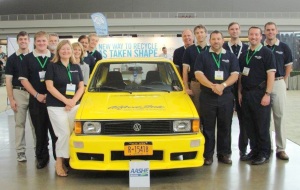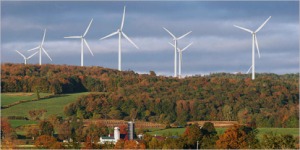Check out the following update from Bowdoin College regarding progress toward their target of climate neutrality by 2020.
The letter from President Mills is an excellent example of ongoing active involvement and communication from the president; a critically important aspect of climate action planning, to ensure the community understands it is an important, strategic goal of the institution.
The animated video from Bowdoin student Maggie Williams is not only impressive, but another great example of a successful climate action process: involving students, and engaging other disciplines (like art and communications) as part of the education for sustainability experience.
“Announcing word of a 16% reduction in greenhouse gas emissions since the College’s carbon reduction plan was adopted, President Barry Mills, in a letter to the Bowdoin community, urges everyone to learn how simple changes can have a significant impact in this ongoing effort.
“Bowdoin is an institution and a community dedicated from its founding to serving the Common Good, and there is no doubt that preservation of our environment falls within this historic charge,” writes Mills.
Read more





